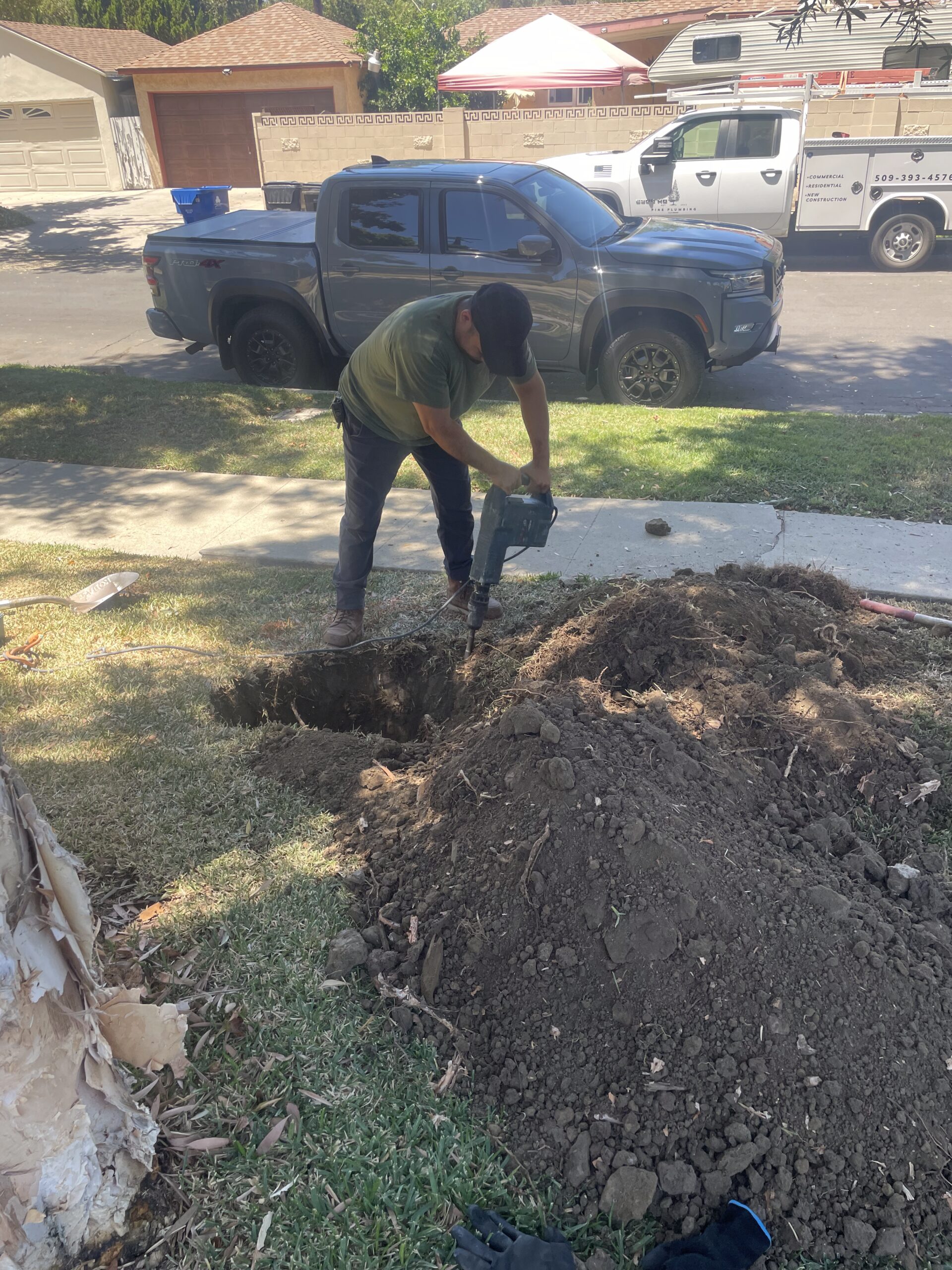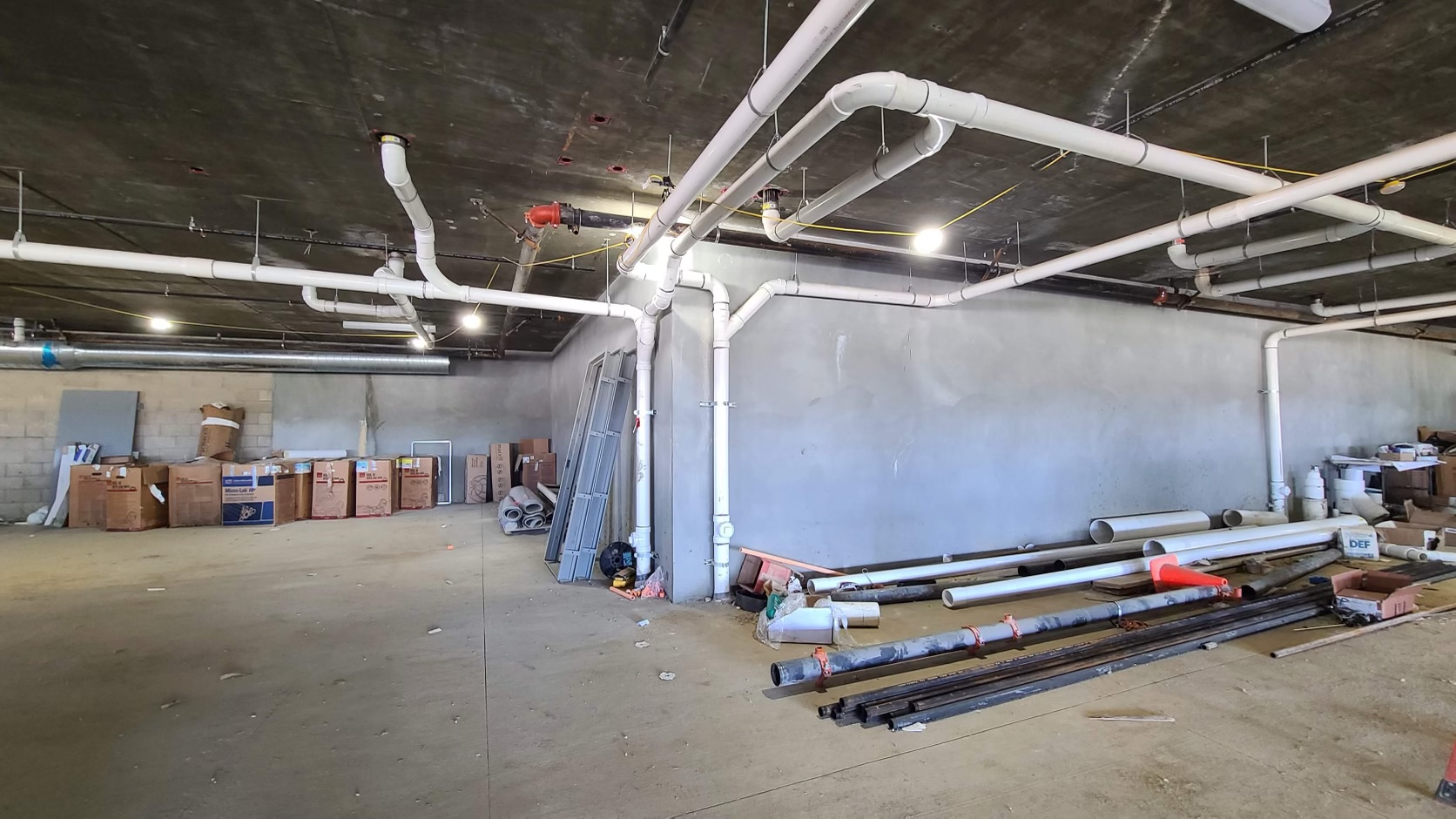Ask around on any construction site, restaurant kitchen, or commercial maintenance team, and you’ll hear the same thing: when a drain backs up, the first tool people reach for is the drain snake.
It’s simple, affordable, and feels like the kind of fix anyone can handle. But here’s the truth most contractors already suspect—snakes aren’t a magic fix. Sometimes they work perfectly. Other times, they waste hours and still leave you with a backed-up line. And in some cases, they make the problem worse.
That’s where the right combination of tools, experience, and camera inspection comes in.
Let’s break down what you need to know—whether you’re a general contractor keeping a build on schedule, a restaurant contractor dealing with a health inspection deadline, or a commercial contractor responsible for multiple properties.
A Quick Story: The Restaurant That Couldn’t Catch a Break
A few months back, we got a call from a restaurant in Van Nuys. They were in full prep for a Friday dinner rush when the kitchen sink started backing up. The manager grabbed a basic hand snake from the supply closet and went at it for a good half hour. Water drained slowly, but the clog came back within the hour.
By the time we got there, they had tried three different snakes and even poured chemical drain cleaner down the pipe—nothing worked.
We ran a camera through the line and found the real issue: a section of pipe that had collapsed under the slab. No snake in the world was going to push through that. The chemicals had done nothing but sit in the pipe and corrode the already damaged section.
The fix was a targeted pipe replacement. Because we knew exactly where the break was, the repair was done the same day, and the restaurant was able to reopen for Saturday service.
That’s the power of knowing when to stop guessing and start diagnosing.
When Drain Snakes Work Well
Drain snakes—also called augers—absolutely have their place in plumbing. In the right situation, they’re fast and effective.
They’re ideal for:
- Shallow clogs in sinks, tubs, or floor drains
- Soft blockages like hair, grease buildup, or paper products
- Minor root intrusions near the surface
For small residential jobs, a handheld snake can often do the trick. In larger commercial settings, motorized augers can clear more stubborn blockages in longer runs of pipe.
When the blockage is simple and accessible, a snake can get water flowing again in minutes. That’s why they’ve been a go-to tool for decades.
The Limits of Snakes
Here’s where contractors get into trouble—assuming that because a snake worked on one job, it’ll work on every job.
Snakes struggle with:
- Hard blockages like mineral buildup or collapsed pipes
- Deep clogs far from the access point
- Grease-heavy blockages in restaurant kitchens that just reform days later
- Foreign objects like utensils, construction debris, or large wads of paper towels
- Structural pipe issues that physically block the line
In commercial plumbing, the problem isn’t always “something is stuck.” Sometimes the pipe itself is the problem—offset joints, broken sections, or severe corrosion can make a snake useless.
The Truth About Chemical Drain Cleaners
Chemical drain cleaners are often marketed as a quick fix, but in commercial plumbing, they’re more trouble than they’re worth.
Why they’re risky:
- They can weaken or damage pipes—especially older cast iron or PVC
- They rarely solve the root problem (pun intended)
- In restaurants, they can create safety hazards for staff handling food
- They can react with other substances in the drain, releasing harmful fumes
We’ve seen cases where chemical cleaners sat on top of a clog for hours, doing nothing to the blockage but eating away at the pipe walls. For contractors, that means trading one problem for another.
Why Camera Inspections Save Time and Money
The real shift in commercial plumbing isn’t about replacing snakes—it’s about knowing when not to use them.
A camera inspection can:
- Pinpoint the exact location of a blockage or break
- Show whether the issue is a clog, a structural failure, or both
- Reduce unnecessary digging or pipe removal
- Help plan targeted repairs that don’t disturb the rest of the property
For contractors, that means fewer callbacks, less downtime for tenants or customers, and accurate estimates before work starts.
At The Pine Plumbing, we run camera inspections on jobs where the cause isn’t obvious or the blockage keeps coming back. It’s about fixing the problem once, not showing up every few weeks to snake the same line.
A Contractor’s Perspective
If you’re in construction or facilities management, you know plumbing issues aren’t just an inconvenience—they’re a budget risk.
Imagine you’re wrapping up a tenant improvement project for a retail space. Everything is on schedule until the main restroom line backs up. The client wants it open for their grand opening in 72 hours.
If you rely only on a snake, you might spend half a day on trial and error, only to find out the problem is a cracked section of pipe ten feet underground. With a camera inspection, you get the answer in minutes, call in the right crew, and keep the project on track.
That’s the difference between guessing and knowing.
For Restaurant Contractors: The Grease Trap Problem
Restaurant kitchens have a unique plumbing challenge—grease. Even with grease traps, small amounts slip through and coat the inside of pipes. Over time, that coating builds up until the line is barely open.
Snakes can punch a hole through the grease, but the walls of the pipe stay coated. Within days or weeks, the opening closes again, and you’re back to square one.
The better approach? Use a camera to confirm the grease buildup, then flush the line with hydro jetting to clean it completely. This keeps drains clear longer and avoids repeat service calls.
The Cost of Guesswork
For general, restaurant, and commercial contractors, plumbing guesswork isn’t just inconvenient—it’s expensive. Every hour spent on the wrong fix is an hour lost from your schedule.
Here’s what guesswork can lead to:
- Paying labor twice for the same problem
- Delays that push back project deadlines
- Customer complaints or lost business for tenants
- Safety risks from standing water or chemical use
With the right diagnosis from the start, you get a clear plan and an accurate cost—no surprises halfway through the job.
The Pine Plumbing Promise
We don’t guess. We don’t “see if this works” and hope for the best.
When you call us, you get:
- Clear communication about what’s happening and why
- The right tools for the job, from snakes to cameras to hydro jetting
- Honest recommendations on whether a snake will solve it—or if it’s a waste of your time
- Accurate pricing before work starts
We know contractors are under pressure to keep jobs moving. That’s why we bring the right solution the first time.
Key Takeaways for Contractors
- Know when snakes work – Shallow, soft clogs are fine. Deep or hard blockages? Time to bring in other tools.
- Skip the chemicals – They cause more damage than they solve in commercial settings.
- Use camera inspections early – They turn hours of trial and error into minutes of certainty.
- Think long-term – Fixing the root cause saves time and money over temporary fixes.
Ready to Stop Guessing?
Whether you’re managing a construction project, keeping a restaurant running, or handling multiple commercial properties, you don’t have time for repeat plumbing problems.
Call The Pine Plumbing and get the right answer the first time.
We serve:
- General contractors
- Restaurant contractors
- Commercial contractors
- Property managers
- Facility maintenance teams
Let’s get your drains working—and keep them that way.



